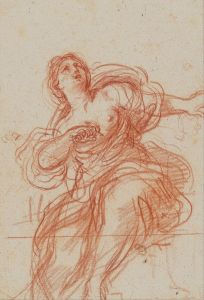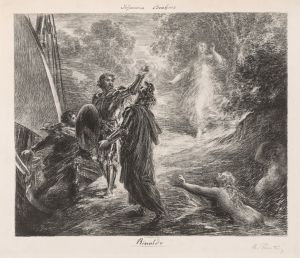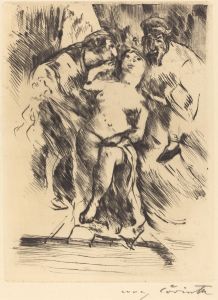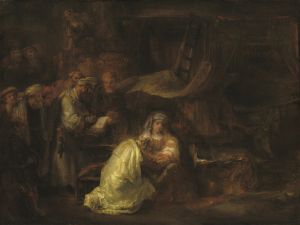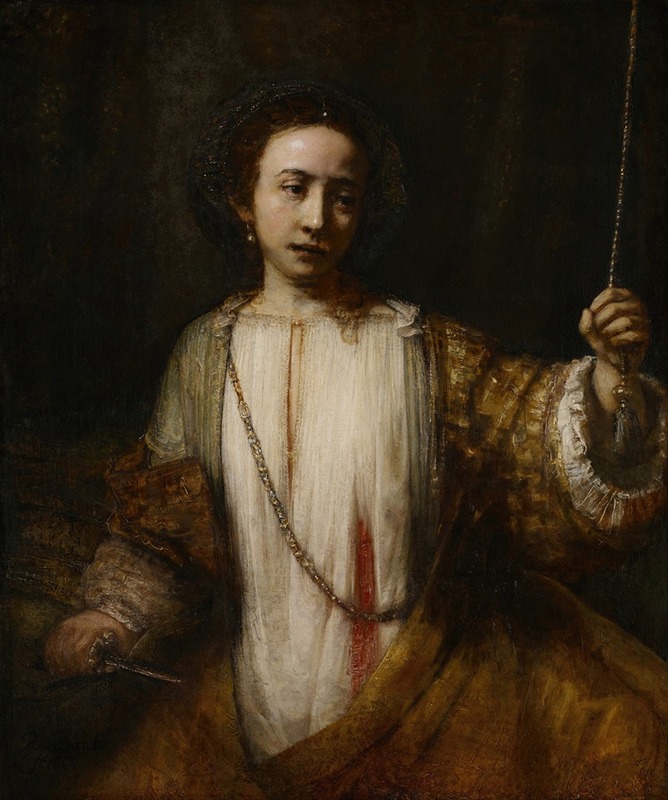
Lucretia
A hand-painted replica of Rembrandt van Rijn’s masterpiece Lucretia, meticulously crafted by professional artists to capture the true essence of the original. Each piece is created with museum-quality canvas and rare mineral pigments, carefully painted by experienced artists with delicate brushstrokes and rich, layered colors to perfectly recreate the texture of the original artwork. Unlike machine-printed reproductions, this hand-painted version brings the painting to life, infused with the artist’s emotions and skill in every stroke. Whether for personal collection or home decoration, it instantly elevates the artistic atmosphere of any space.
Lucretia by Rembrandt van Rijn
Lucretia is a painting by the renowned Dutch artist Rembrandt van Rijn, created in 1666. This work is one of two known paintings by Rembrandt that depict the Roman heroine Lucretia, a figure from ancient history and legend. The painting is executed in oil on canvas and measures approximately 105.1 cm by 92.2 cm (41 3/8 inches by 36 5/16 inches). It is currently housed in the Minneapolis Institute of Art in Minneapolis, Minnesota, United States.
The subject of the painting, Lucretia, is a legendary figure from Roman history, celebrated for her virtue and tragic fate. According to the story, Lucretia, a noblewoman, was raped by Sextus Tarquinius, the son of the last king of Rome. Unable to live with the dishonor, she took her own life, an act that spurred the Roman populace to overthrow the monarchy and establish the Roman Republic. This narrative of personal sacrifice and political transformation has been a popular theme in art and literature for centuries.
In Rembrandt's Lucretia, the artist captures the moment of her suicide with profound emotional depth and realism. The painting shows Lucretia standing against a dark background, her face pale and her expression somber. She is dressed in a simple yet elegant gown, and her hair is adorned with pearls. In her left hand, she holds the cord of a bell, which she has presumably used to summon witnesses to her act, while her right hand clutches a dagger, the instrument of her death. Blood stains her gown, emphasizing the gravity of the moment.
Rembrandt's use of light and shadow in this work is characteristic of his style, drawing attention to Lucretia's face and hands while the background remains subdued. The artist's ability to convey psychological depth is evident in the heroine's expression, which communicates both her inner turmoil and her resolute decision.
The painting is notable for its restrained composition and focus on the emotional and moral dimensions of the story, rather than dramatic action or elaborate settings. This approach reflects Rembrandt's mature style, which often emphasized human emotion and individuality.
The Minneapolis Lucretia is often compared to an earlier painting of the same subject by Rembrandt, created in 1664 and now in the collection of the National Gallery of Art in Washington, D.C. While both works depict Lucretia, they differ in composition and emotional tone, offering complementary interpretations of the tragic figure.
Rembrandt's Lucretia is widely regarded as a masterpiece of Baroque art and a poignant exploration of themes such as honor, sacrifice, and the human condition.





